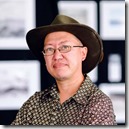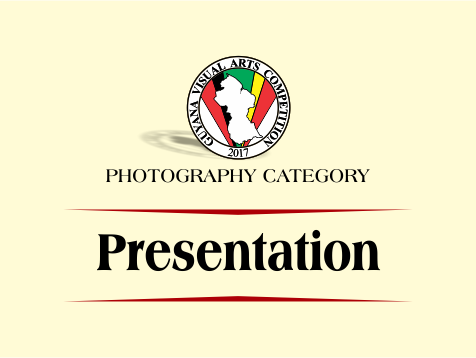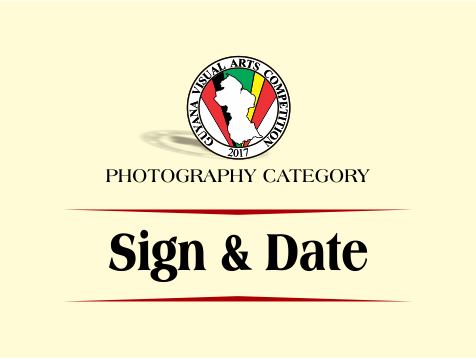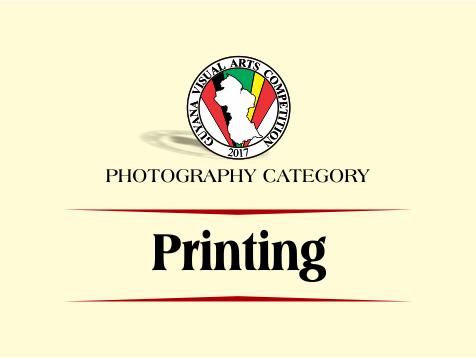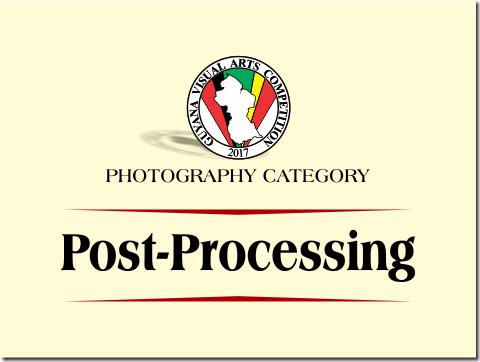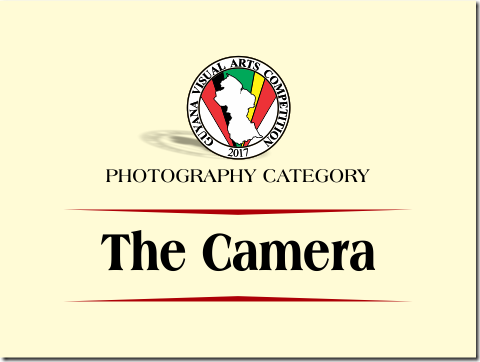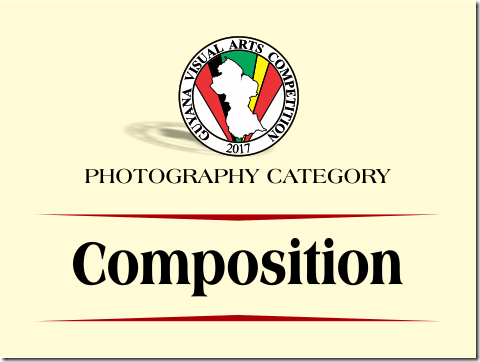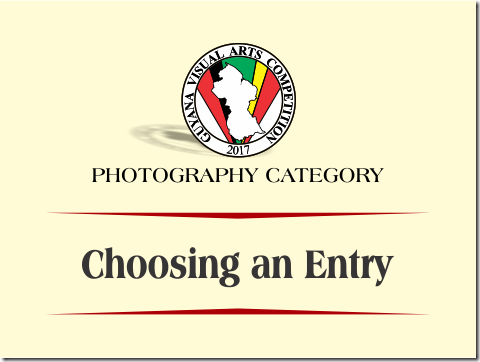If the judging goes as per normal (and by normal, I mean, what generally happens in competitions of this sort), here’s a few thoughts on what to expect.
Since the re-invigoration of the Visual Arts competition after too long a hiatus, a few categories were added, including Photography; because of the relative ease of access to photographic capture devices, it was no surprise that the number of entries was large as compared to other traditional Visual Art categories like painting, drawing and sculpture.
In 2012, 52 entries were recorded and in 2014, 86 entries were recorded (as far as I can ascertain from media records available).
To begin with, all qualifying entries are viewed collectively and a pre-judging session is expected to take place, weeding out what may be obvious non-contenders, those that just don’t impress the judges in any way. After that, the remaining images, most times, between 75-95% of the original entries are then scrutinised and judged individually by each judge in the panel. It has been known for the process to proceed with the field narrowing in groups, until a Finalist shortlist is reached, from this shortlist, the final winners of the Gold, Silver and Bronze medals are selected.
For me, there are three basic stages of making the cut… To make it past the pre-judging phase usually means your work is good enough to reach the Exhibition phase, this in itself is an accomplishment, you get to be on Exhibition with your peers as well as being able to put into your list of accomplishments, being part of an Exhibition at the National Art Gallery, Castellani House. The second stage of making the cut is to be Shortlisted, here you are considered a finalist; the last cut is, of course, being the recipient of one of those medals (and the accompanying cash prize).
Below, you can see a display of the shortlisted and medal winning photos from 2012 and 2014.
Don’t try to find a pattern, there isn’t really one. The judges change, and the dynamics change from event to event, the one commonality that I can easily point out in these images is their strong compositions.
In 2014 I had mentioned a few times that it was likely that the top three would be different, and it happened, I think it is a distinct possibility that we can see another set of names up there in the top three again this time around.
Choose your images wisely, forget what you “think” the judges may want to see, find one (or three) that you are passionate about, and use it.
Michael C. Lam works in Graphic layout for a living, one of his images gained the Bronze medal in the 2012 GVACE, he was shortlisted for the 2014 GVACE, was an exhibiting artist in the Un | Fixed Homeland curated exhibition at Aljira, New Jersey in 2016, and an exhibiting artist at the 2016 VISIONS Curated Exhibition. Some of his work can be seen on his site The Michael Lam Collection



